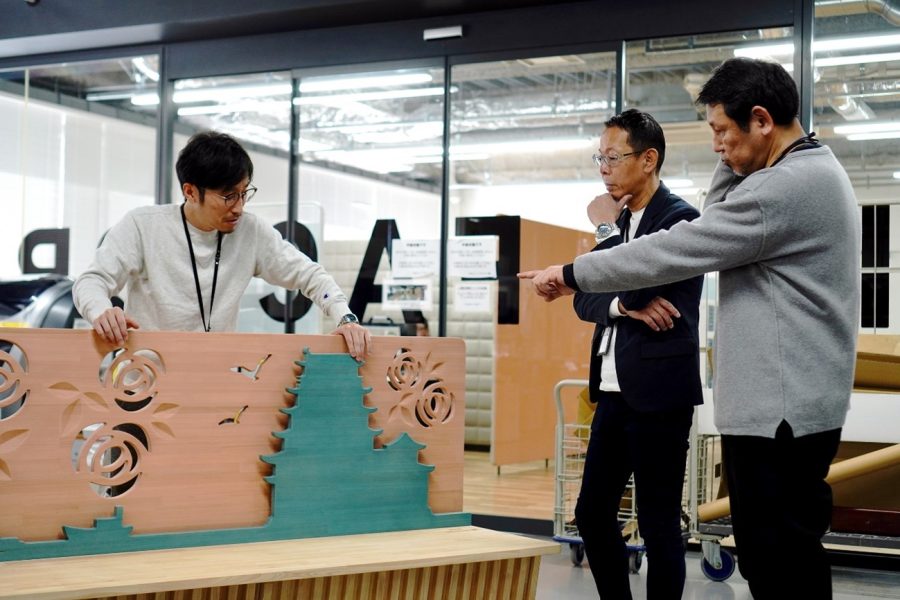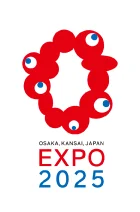
There is an enterprise that has put its commitment to the mission to conserve forest resources into the Co-Design Challenge, because it has grown with forest resources. It is “Kokuyo,” a leading stationery maker known to everyone. They endeavored to produce “a wooden bench for utilizing domestic or regional lumber.” This serves as a touchstone for the transformation of Kokuyo itself, to cast a spotlight on the lumber in each region and disseminate the “education on trees” for children. We studied the endeavors of this time-honored enterprise.
Forests, which occupy two thirds of Japan’s land area, have been managed and preserved through thinning, including logging for forestry. Forests and human beings have a long history of co-existence. Kokuyo has been developing products, such as desks, furniture, and stationery, from mainly lumber made in Japan. Namely, this enterprise has grown while utilizing forest resources.
However, the use of domestic lumber decreased, due to the distribution of a large volume of imported foreign lumber. Without logging, forests deteriorated, and what is worse, Japanese forestry started declining due to insufficient successors. Out of a sense of crisis, Kokuyo initiated forest conservation activities in 2006 together with Taisho Town Forestry Cooperative (which merged with another forestry cooperative in 2012, and is currently named Shimanto Town Forestry Cooperative) in Kochi Prefecture. Kochi Prefecture is a forest kingdom, as the ratio of forests is the highest in Japan. The basin of Shimanto River, which is called the last limpid river in Japan, still has beautiful forests and rich nature. This place is suited for their activities.
The project title is “Yui-no-mori (Forest of Mutual Aid).” “Yui” means the custom in which residents of a farming village help one another. The project was named as they had empathy with the spirit in that custom. Major activities are as follows. Firstly, they conduct thinning in an appropriate manner, and produce products, such as tables and chairs, from lumber obtained through thinning, to support forestry. What is more, they carry out a monitoring survey to grasp ecosystems around forests in cooperation with local people. By actually observing the changes in the natural environment, they have verified the effects of their conservation activities, including thinning.
However, the senior manager Shuichi Adachi started having concerns through such activities. “Forestry is so important, but local people’s respect for it is weakening. It may lead to the loss of affection toward their own living areas.” Is it possible to disseminate the concept of the “education on trees,” in which children are expected to learn the richness of nature in their living areas and the importance of forest resources by interacting with trees?
This issue was addressed by Co-Design Challenge. Kokuyo had a slightly different approach among 12 groups. Their activities are not limited to the production of benches from regional lumber and the display of them at the expo. They will look for municipalities that want to produce benches throughout Japan, and proceed with the production while interviewing them about what they hope to express at Expo 2025 Osaka, Kansai, Japan. Furthermore, they will hold a workshop in which attendees will assemble parts, such as a backrest and a seat, and paint them. It is essential to allow children in each region to complete a chair by themselves.


Share this article


